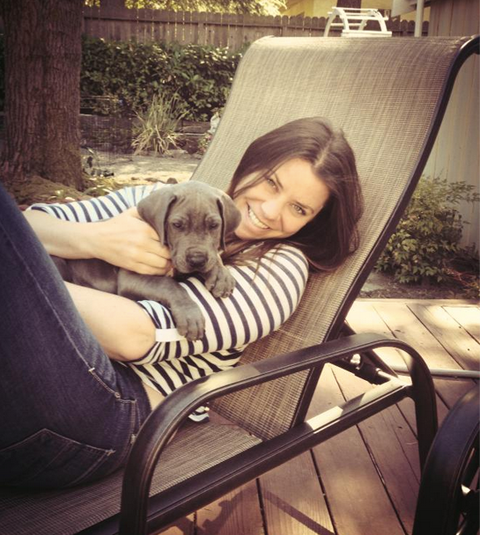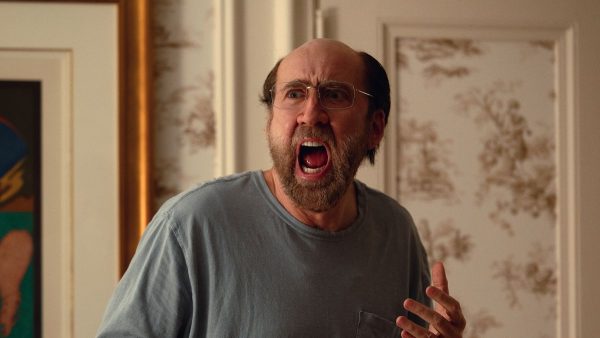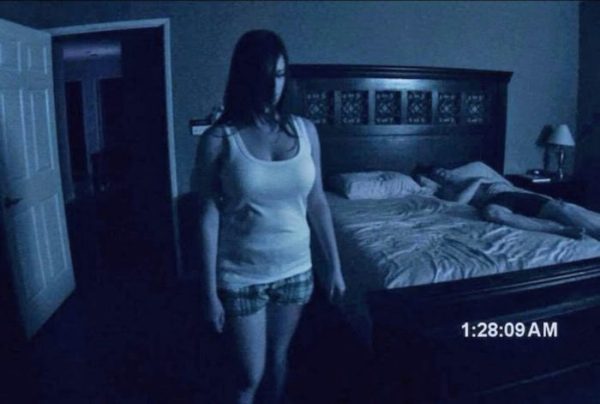Dying with Dignity
Assisted Suicide: A Right or A Wrong?

Brittany Maynard died by an assisted suicide method at the age of 29. Photo courtesy of TheBrittanyFund.org.
November 19, 2014
In Oregon, twenty-nine year old Brittany Maynard used an assisted suicide method to end her life on November 1, while her husband and parents stood by her side. Maynard had been diagnosed with brain cancer, and decided to end her hopeless battle against a terminal tumor.
Since Maynard’s death the media has covered an intense moral debate; one that is between Maynard’s supporters and opposers.
Assisted suicide is when someone provides the means and/or information for another person to commit suicide. Physician-assisted suicide is when a doctor or nurse aids a patient in committing suicide. Euthanasia is the direct administration of a lethal agent.
Those in opposition to assisted suicide or euthanasia are against the practice for many reasons, one of which being the belief that human beings have the responsibility to protect and preserve human life. They believe that assisted suicide devalues human life and will train us to only appreciate a certain quality of life. It will cause us to look at the lives of other people and determine whether or not they are worth living. And if we devalue one life, we will begin to devalue them all. The problem with this argument is that assisted suicide and euthanasia are always requested by the patient themselves. It is never a Lennie and George situation, where the decision is made by one without the consultation of the victim. In fact, there is no victim at all. There is only the patient as a decision-maker, and a physician as an aid in the process. Quality of life judgment is completely private and personal, therefore only the patient can make relevant decisions when it comes to whether or not they will continue to live through their suffering.
In the states in which assisted suicide is legal (Oregon, Washington, Vermont, and Montana), the only people applicable for the practice are those who are diagnosed with a terminal illness, with six or less months to live. Anti-assisted suicide activists shrug off the terminal diagnosis, saying that it is something we all deal with. “We’re all terminal,” they say. Which is true. The unfortunate and unavoidable truth is that we will all die. Death is inevitable. However, suffering is not. The people who consider and go through with assisted suicide are usually suffering with an unfathomable pain. They are often laying miserably in a hospital bed, not able to do anything for themselves, and just waiting for their disease to take them. I cannot blame someone for taking advantage of a legal, peaceful, painless way to escape from the pain and ailment that has become their life. In fact, I can be compassionate and understanding of this decision.
Anti-assisted suicide activists also often point out that predictions about time before death can be wrong, and that the patient may actually have years to live. They talk about treatments that could possibly prolong life. What these activists don’t usually realize is that this is what a lot of patients fear the most. These terminal illnesses cannot be cured, death can only be postponed. This means that the patient will only suffer longer, and will have to endure even more methods of treatment, some of which can be extremely difficult to bear. So yes, years may be added to a life, but will it matter if the patient will only suffer through these years?
It has also been pointed out that patients can change their mind, and may decide that they no longer want to go through with the suicide. In order to make sure patients definitely want to go through with the suicide, they are required to attend counseling and therapy sessions, and are given plenty of time for reflection and decision-making.
Another opposing argument is that patients may be persuaded into choosing to die, or that the “assisted suicide” may not even be voluntary. If this is the case, any persuasion or provocation or murder, by physicians, family members, friends, or any other outside voice, should be punished according to relevant laws.
People also worry about the physician asked to aid in these suicides. The physician will be put in a situation that is uncomfortable and could possibly be against their beliefs. If this is the case, then the physician should not be forced to assist. The patient should have to seek out another trusted doctor or nurse that would be comfortable with helping them.
The most disturbing argument against assisted suicide is the “Choice is an Illusion” campaign. Anti-assisted suicide and anti-euthanasia activists suggest that the patient does not have the right to choose whether or not they will suffer. But isn’t this America? This is one place where one should not have to worry about whether or not they have jurisdiction over their own lives.
It is easy for me to understand why people are so uncomfortable with assisted suicide. No one likes the idea of dying, and thoughts of suicide are never pleasant. If it goes against your own beliefs, religious or otherwise, try to remember that everyone’s views and values are different. Everyone sees life, and death, differently. Know that one person deciding to opt out of life when terminally diagnosed does not mean you will ever have to make the same decision.
The media and anti-assisted suicide activists are calling Maynard the new “poster girl” for assisted suicide. I disagree. I consider Maynard to be a poster girl for bravery, and for an important American value: the ability to choose. She chose not to lose herself in her illness, to not to be taken down by anything. Some of us would rather die by our own hand than to succumb to any other force. Brittany Maynard examined her options, and chose assisted suicide. She chose to die with dignity.












